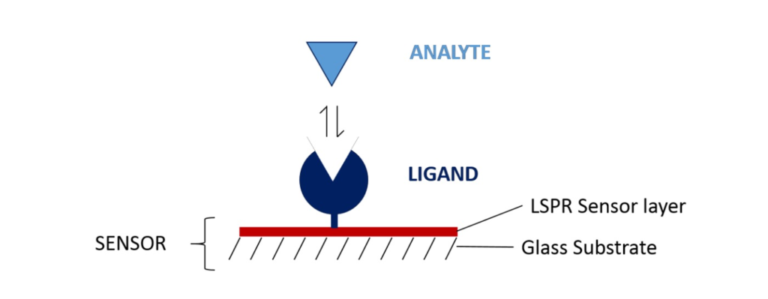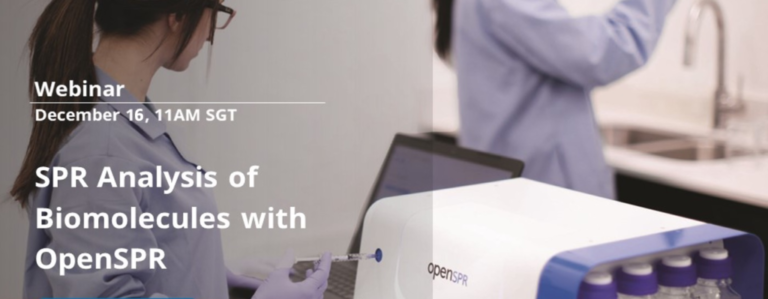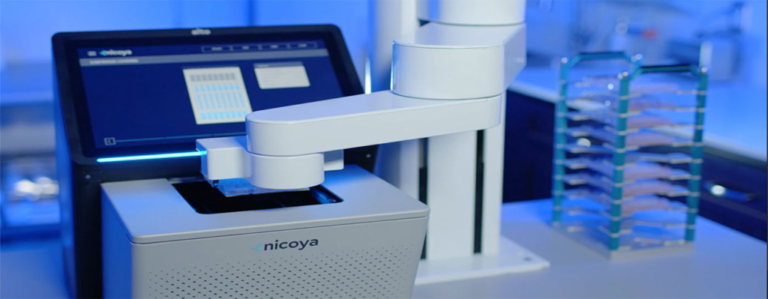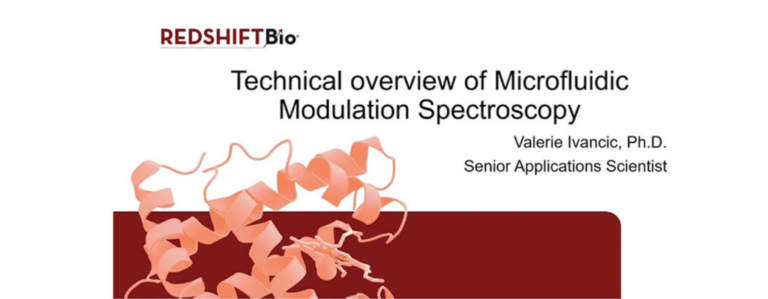4 Ways To Reduce Non-specific Binding in Surface Plasmon Resonance Experiments
During an SPR experiment, there are many experimental parameters that must be controlled in order to optimize the performance of the system and to generate high-quality binding data. Of these parameters, minimizing non-specific binding (NSB) is one of the most imperative as it can directly affect the accuracy of your kinetic data. SPR experiments typically…









